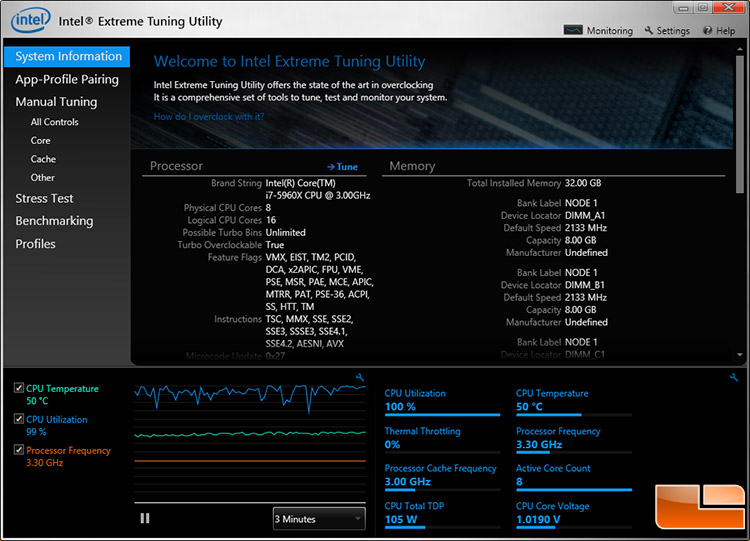
Even at stock, Prime will run that cpu into excessively high temps, but you shouldn't need to stress your cpu to see what type of temps will be generated under 100% load if you're already stable with manageable temps in normal usage.

However, it is capable of stress testing the GPU for best result. So if I were to scale back on my voltage and clocks because of the heat being generated in Prime, I wouldn't be able to push this chip to its limit and maximize the money I sunk into it pertaining to performance while still clocking within a margin of safety relative to longevity.īut yeah, like Karsten said, if you're on the stock heatsink I wouldn't do anything other than a very mild overclock that doesn't require over a. Furmark is primarily developed for benchmarking. Intel Pentium G3450T vs Intel Core i5-4590: Best CPU Performance Evaluation. By: Search Advanced search Search titles only. Like I was getting near 100 C temps during just one of the passes in Prime with a 4.7 ghz core overclock with 1.32 volts, around 80 C max in OCCT, and with normal usage even in more demanding, multithreaded applications I never exceed 55 c on the hottest core with my h80i set to normal mode. I just bought a 4770k processor and i want to try to stress test it to check the heat and if there are any flaws. Cinebench R11.5 uses Maxons Cinema 4D engine to render a photo-realistic scene of some shiny balls and weird things (we miss the motorbike).
#Best cpu stress test haswell windows#
The Windows version does not use new benchmark data in FFT selection until prime95 is restarted. Haswell was the first chip that Prime95 and IBT did not prove to find overall system stability for me personally in the end it was Intel XTU and FC3 that found what voltages was needed for the clocks set to be completely stable (well, at least for what I use this rig for). ECM and P-1 on Fermat numbers will automatically add known Fermat factors to the worktodo.txt entries. Once in Windows, you can stress-test the CPU using a program such as Prime95.

Prime puts a lot of stress on a CPU, and given the new design with the Haswell chips with the voltage regulator being immediately adjacent to the die, runs them a lot hotter during stability tests even with adequate cooling with heavier overclocks and higher voltages. A few new FFT sizes (up to 50M) are enabled for FMA3-capable CPUs. OCCT and POVRay, use both to test for stability (courtesy of Anandtech bench methods).


 0 kommentar(er)
0 kommentar(er)
